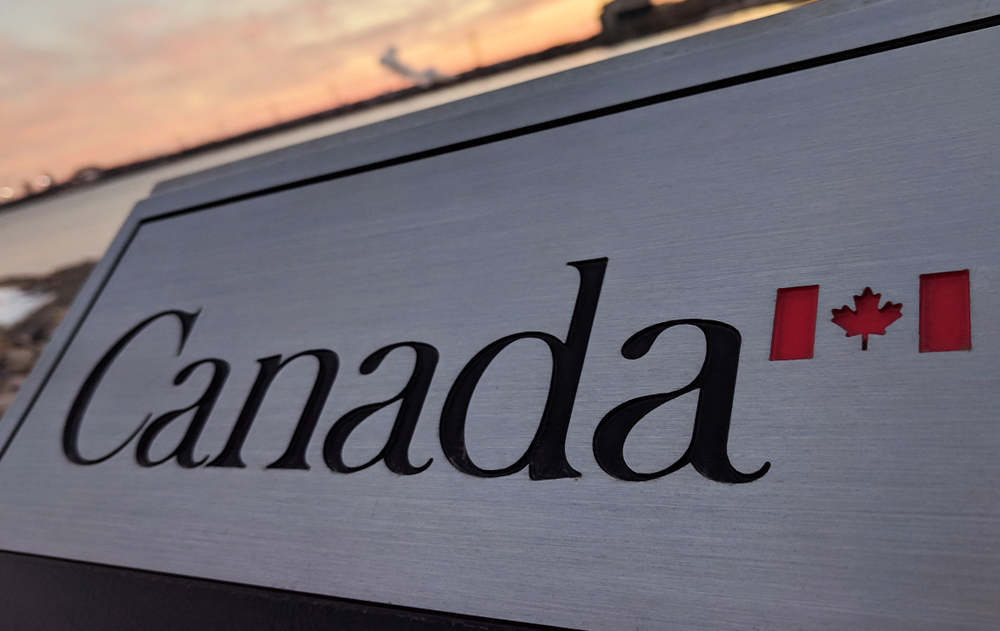After many years of tackling high-deficit spending, federal and provincial governments are dealing with hundreds of billions of accumulated government debt. Since the 2008 recession, the national debt has increased $150 billion and the provinces added a further $217 billion, reported in the Globe and Mail on May 12, 2015.
The ability of governments to manage their debt-to-gross domestic product (GDP) ratios varies, with provinces Ontario, Quebec and eastern provinces faring worst. Federally, debt-to-GDP was 33.3 percent in 2012-13 and declined slightly to 32.3 percent in 2013-14 and goals are in place to decrease this further to 25 percent over the next six years. Provincial and territorial net debt-to-GDP was 28.6 percent in 2013-14, with Quebec’s net debt the highest at 50 percent of GDP, followed by Ontario’s at 38.4 percent, and Nova Scotia’s at 37.7 percent. Alberta and Saskatchewan’s debts are faring very well despite economic downturn from low oil prices.
Key Points
- Provincial Government Debt Loads
- Reduce the Deficit or Spend on Infrastructure?
- Expected Interest Rate Increases
- Avoiding Unmanageable Debt
Provincial Government Debt Loads
Many factors are affecting the variance in provincial government debt loads. One factor is that several provinces were negatively affected by a recent change to the federal health-transfers formula to the per capita funding. Education costs are another factor, with student protests about the cost of tuition fees occurring in Quebec, New Brunswick and Nova Scotia this year, while Ontario has been dealing with pay increase demands from teachers’ unions. Some of the provinces with the highest debts are also facing the most challenging demographics; a shrinking ratio of younger workers to cover the costs of growing numbers of older citizens will need to result in spending cuts, higher taxes or both.
The Fraser Institute found that the Canadian, provincial and municipal governments combined spend more than $60 billion a year servicing debt, which is about the same cost of funding elementary and high schools across the country. Ontario and Quebec will have great difficulty servicing their outstanding debt as interest rates increase. Ontario’s 2015 budget said a one-point increase in interest rates would cost the government $400 million.
Read our guide – What happens to debt when someone dies in Canada?
Reduce the Deficit or Spend on Infrastructure?
The latest debt debate is about whether governments should focus on reducing the deficit or spending on infrastructure to accommodate rising urbanization, especially amidst a federal election year. Borrowing to fund new public transit and highways may be necessary, but it still adds debt. The amount of post-recession debt among governments in Canada is already staggering, particularly east of Manitoba. Some fear that when interest rates rise to normal levels, governments will face crippling debt-servicing costs.
Questions are also being raised about which level of government is best positioned to take on the billions in debt required to address the country’s infrastructure deficit, given that the municipalities and provinces pay higher interest rates than the federal government. Some argue that capital debt should be handled by the federal government.
Expected Interest Rate Increases
The federal and provincial governments in Canada are preparing for interest rate increases, seeking to lock in low interest rates for debt-servicing before the inevitable rise occurs. The federal government is currently deciding whether to issue another round of 50-year bonds – a practice it started last year – raising $3.5 billion with yields below 3 percent. Quebec and Ontario are similarly lengthening the average maturity of their debt. Ontario’s debt has an average maturity of 14 years and more than half of Nova Scotia’s debt is maturing in 15 years or more.
Avoiding Unmanageable Debt
Government debt can easily get out of hand and cost taxpayers billions each year for debt servicing alone. Learning from the experience of governments, consumers and businesses need to pay special attention to their debts to avoid them becoming unmanageable, especially as interest rates increase. Our estate managers and licensed insolvency trustees at Harris & Partners Inc. have the training and experience needed to deal with personal and business debt management. Contact us for an appointment at one of our ten locations in the Greater Toronto Area and Southern Ontario today at 1-800-268-8093.










